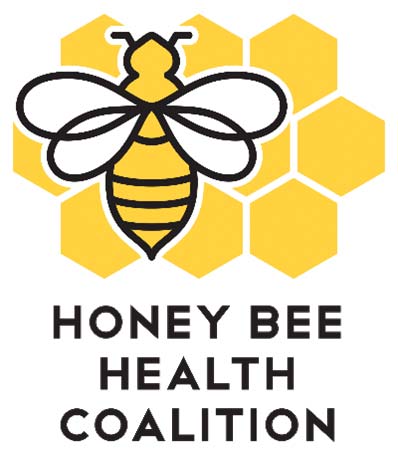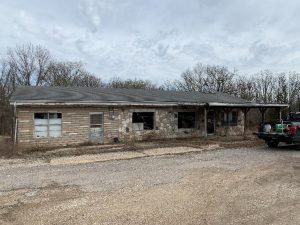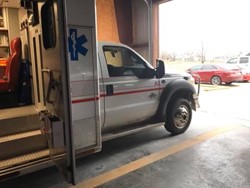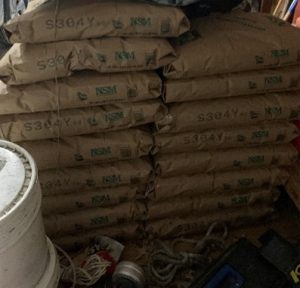By: Matt Mulica
By now we’re all familiar with the sobering statistics of population declines among honey bees. From 2013-2020, annual managed bee losses were high, between 35-40 percent nationally according to the Bee Informed Partnership. With about a third of our food in the United States being supported by pollination from bees, it will require an all-hands-on-deck approach to revive bee populations and reverse these negative pollinator health trends.
One key to reversing bee health decline is establishing pollinator forage and habitat. This is central to the mission of the Honey Bee Health Coalition, which brings together beekeepers, growers, researchers, government agencies, agribusinesses, conservation groups, manufacturers, and consumer brands to improve the health of honey bees. And while a majority of our work is focused directly on helping beekeepers and farmers implement practices, the coalition promotes collaborative strategies that develop high-quality, bee-friendly environments in all places – from rural farmland to densely populated urban landscapes to sprawling suburban areas. Everyone has a role to play in reviving honey bee health.
“People in urban areas can put habitat down in grass ways, backyards, flower beds, and urban settings like parks. There’s just tremendous opportunities for places for habitat. We like to engage in that conversation both with the farmers and with the non-farmers,” says Wayne Fredericks, a corn and soybean farmer from Osage, Iowa who serves on the board of the American Soybean Association.
There are simple things you can do to avoid harming bees on your property. These include following the label on all landscaping products, paying special attention to application rates and ensuring you are using the right amount of any product for the area you are treating; letting flowers grow, even those considered weeds like dandelions, as they are often the first springtime forage for bees; providing adequate ground cover for pollinators to use during the Winter; and leaving certain areas of your property, like behind sheds, more natural by not mowing.
Beyond doing no harm, you can also enhance your property with pollinator plantings which look great and provide a varied and nutritious diet. The first approach to accomplish that goal for most people living in suburban areas is planting a pollinator garden. Creating a pollinator garden is simple but there are steps that need to be followed to ensure it not only effectively supports pollinators but also incorporates sensible conservation practices. According to the Million Pollinator Garden Challenge, which is a nationwide call to action to create gardens for pollinators, a pollinator garden should:
- Use plants that provide nectar and pollen sources
- Provide a water source
- Be situated in sunny areas with wind breaks
- Create large “pollinator targets” of native or non-invasive plants
- Establish continuous bloom throughout the growing season
- Eliminate or minimize the impact of pesticides by following the label closely.
From roadside ditches to public parks to office rooftops, there are numerous projects and initiatives assisting the general public to help support bee health. The Focus on Forage Series (honeybeehealthcoalition.org/focus-on-forage) from the Honey Bee Health Coalition highlights some of the projects working on the ground and leading innovative efforts to create honey bee and pollinator forage. Some of those projects include:
Million Pollinator Garden Challenge (millionpollinatorgardens.org) which we have already referenced, is an initiative from the American Seed Trade Association and other partners within the National Pollinator Garden Network that calls on Americans to preserve and create gardens and landscapes that help revive the health of bees, butterflies, birds, bats, and other pollinators.
Pollinator Partnership (https://www.pollinator.org/learning-center/gardens) is an organization dedicated to promoting the health of pollinators through conservation, education, and research. It has a wealth of information on how homeowners can improve bee health of their land.
Buzzing Gardens (beesmatter.ca), created by a Canadian-based organization called Bees Matter, provides Canadians with seed kits to support honey bee and pollinator forage across the country. The effort, which has been underway for several years, has provided residents with enough seed to plant 350,000 sq. ft (32,516 m2) of pollinator-friendly gardens.
Feed a Bee (feedabee.com) is an initiative from Bayer CropScience that plants forage in 50 states with over two billion wildflowers planted in the past two years.
The plight of the honey bee is reaching a critical point, the consequences of which are reverberating throughout the landscape and can have impacts to our food supply. But we can also be encouraged by the comprehensive and innovative efforts we are now seeing not only among the general public but from Federal and State agencies, municipalities and local government agencies to develop the habitat needed to support a pollinator population rebound. Together we can achieve a healthy honey bee population that supports productive agricultural systems and thriving ecosystems. Check out the resources we’ve detailed in this article to learn more. For more information about the Honey Bee Health Coalition, visit honeybeehealthcoalition.org.







